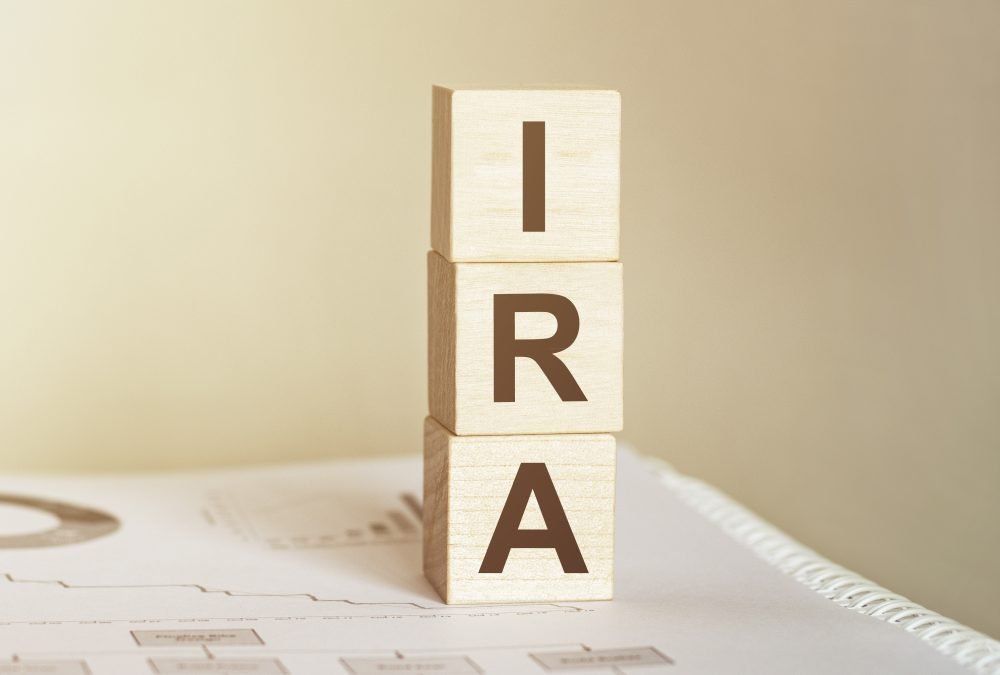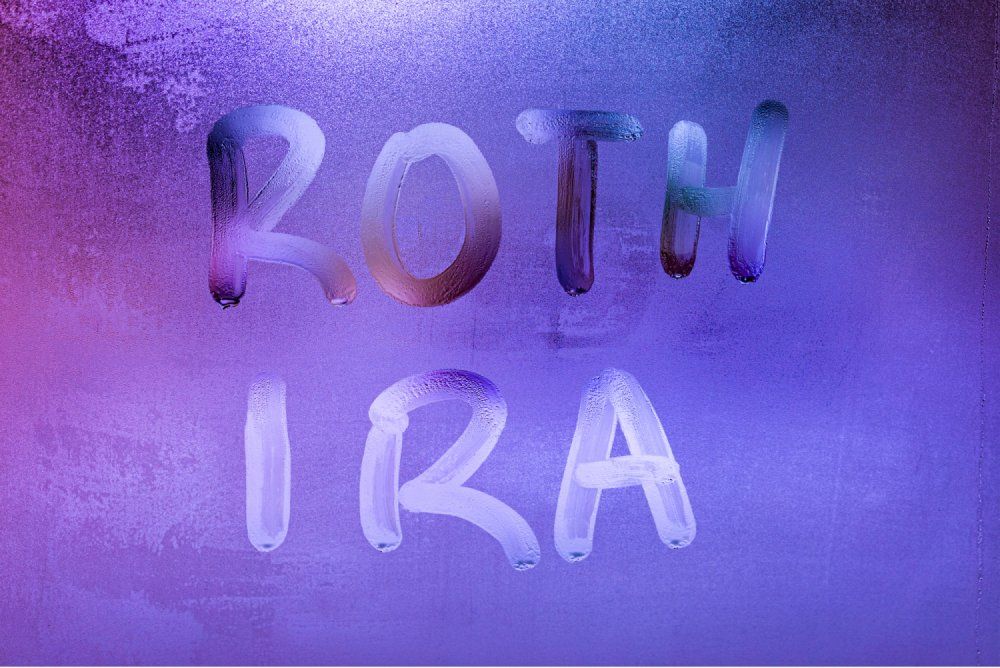Retirement Stool – Is Three Legs Enough
The retirement stool is a metaphor that dates to the mid-1930s when Congress and President Franklin D Roosevelt was designing the Social Security Administration. Though the President never used this metaphor publicly when promoting the Social Security Act, he understood the need for multiple support systems during retirement. The retirement stool has three legs: social security, pensions, and savings and investments. Since the act was signed on August 14, 1935, a lot has changed.
Social security was considered to be the groundwork that is used to build your retirement security. Although inevitable changes will need to be made to the social security system in the future, this article will discuss the facts as they stand today. The only way you will receive social security during retirement is if you paid into the program. The contribution required to earn a credit fluctuates. In 2021, you will earn one social security or medicare credit for every $1,470 received in covered earnings and must earn $5,880 to receive the maximum of 4 credits for the year. 40 credits are needed to earn full social security benefits and free Medicare Part A, once eligible. This equates to 10 years of paying into social security. You can find out how many credits you have earned and your potential projected social security benefit by creating a myssa account at www.ssa.gov.
The next leg of the retirement stool is private pensions. Many private pensions have been converted to cash balance plans or discontinued due to unavoidable insolvency. For those that still have a pension through a private employer, there are many factors to consider before collecting your pension. Is there a cost-of-living adjustment? Is there a social security offset? What about a lump-sum option? These are just a few examples of decisions someone might have to make when retiring. Pensions through private employers have many different payout options, which can be projected well before retirement.
If you work at a government agency, you are likely to have one of the most secure pensions in the world. CalPERS, CalSTRS, SCERS are a few common pensions here in Sacramento, California. The pension earned is determined using the following information: a person’s age, salary, service credits earned, and a percentage multiplier. They generally have fewer payout options than private company pensions, and do not offer lump-sum payment, but careful planning should be done before choosing a payout option. Whether you receive a pension through a private company or a government agency, they are both a guaranteed source of income beyond the minimal amount the government provides and is an important leg of the retirement stool.
The third leg of the original retirement stool is savings and investments which provides financial flexibility during retirement. From a tax standpoint, there are three different types of retirement savings a person might have that make up the “savings & investments” leg of the retirement stool: pre-tax accounts, post-tax accounts, and taxable brokerage accounts. Pre-tax accounts, also known as tax-deferred or tax advantaged accounts, are accounts that employees can flow their income into and not pay taxes until the funds are distributed during retirement. Examples of these accounts are 401k,403b, and Traditional IRA accounts, but other types are available depending on how someone is employed. These accounts are great for those saving for retirement and expecting less income during retirement, such as people without pensions. Contribution limits range depending on the type of plan, with catch up provisions for those at least 50 years old. However, the downfall to these accounts is the complicated process to avoid costly penalties associated with distributing this money before age 59 ½.
Post-tax investment accounts are designed for those expecting higher income during retirements, such as people with large pensions and social security–the most common being a Roth IRA, Roth 401k, and Roth 403b.These accounts are designed for people who can pay their taxes now, invest the money for the future, and pull it back out without paying any taxes on the growth in the account. Like pre-tax accounts, there are contribution limits that vary depending on the type of retirement plan. Also, to get tax free treatment on the gains in the account there are obstacles, such as a five-year rule and reaching the age of 59 ½. If you decide to pull funds out of these post-tax accounts, you should consult with a financial advisor to avoid costly penalties.
The third type of investment account is typically an individual or joint investment account. These accounts allow you to earn favorable tax treatment on your investments when buying an asset then selling it after owning it for at least a year. The tax treatment you receive, or capital gains rate, is dependent on your ordinary income tax rate. The beauty of this account is that there is no time consideration like the one you would receive in a retirement account. You can contribute and pull the money back out of this account and trade as often as you want with impunity (except for wash sales). Right now, however, capital gains tax treatment is under scrutiny. If capital gains tax rates go up significantly, it can dramatically reduce the return on an investment.
The retirement stool is a metaphor that oversimplifies the number of resources people have to plan for retirement. This article just covers a few of the legs someone might have on their retirement stool. If you would like to discuss how your finances fit together with your eventual retirement, please contact our team. At Twin Rivers, we have the experience and tools necessary to provide you projections and recommendations to ensure you have a solid stool for your retirement.
Can We Help?
The Twin Rivers team wants to guide you on your journey to financial success. If you have any questions about the topics above or would like to discuss any financial decision you are facing, please do not hesitate to contact our team.
Contact Us:
Sacramento Office:
1783 Tribute Road
Suite D.
Sacramento, CA 95815
Hours
- Mon - Fri
- -
- Sat - Sun
- Closed
Call
Boise Office:
Boise, ID
Hours
- Mon - Fri
- -
- Sat - Sun
- Closed
Call
All Rights Reserved | Twin Rivers Wealth Management
Advisory services offered through Twin Rivers Wealth Management, a Registered Investment Advisor.











